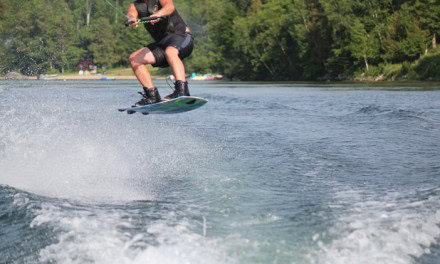Congratulations to many current and past HALOites including lead author Stephanie Prince as well as current HALOites Dr. Mark Tremblay, Dr. Louise de Lannoy, and Dr. Iryna Demchenko on their contributions to a new paper titled “Prioritizing a research agenda on built environments and physical activity: a twin panel Delphi consensus process with researchers and knowledge users” just published in International Journal of Behavioural Nutrition and Physical Activity. Citation details and a summary of the paper are below.
Prince, S.A., Lang, J.J., de Groh, M. et al. (2023). Prioritizing a research agenda on built environments and physical activity: a twin panel Delphi consensus process with researchers and knowledge users. International Journal of Behavioural Nutrition Physical Activity, 20(144), 1-16. https://doi.org/10.1186/s12966-023-01533-y
ABSTRACT
Background
The growth of urban dwelling populations globally has led to rapid increases of research and policy initiatives addressing associations between the built environment and physical activity (PA). Given this rapid proliferation, it is important to identify priority areas and research questions for moving the field forward. The objective of this study was to identify and compare research priorities on the built environment and PA among researchers and knowledge users (e.g., policy makers, practitioners).Methods
Between September 2022 and April 2023, a three-round, modified Delphi survey was conducted among two independent panels of international researchers (n = 38) and knowledge users (n = 23) to identify similarities and differences in perceived research priorities on the built environment and PA and generate twin ‘top 10’ lists of the most important research needs.Results
From a broad range of self-identified issues, both panels ranked in common the most pressing research priorities including stronger study designs such as natural experiments, research that examines inequalities and inequities, establishing the cost effectiveness of interventions, safety and injuries related to engagement in active transportation (AT), and considerations for climate change and climate adaptation. Additional priorities identified by researchers included: implementation science, research that incorporates Indigenous perspectives, land-use policies, built environments that support active aging, and participatory research. Additional priorities identified by knowledge users included: built environments and PA among people living with disabilities and a need for national data on trip chaining, multi-modal travel, and non-work or school-related AT.Conclusions
Five common research priorities between the two groups emerged, including (1) to better understand causality, (2) interactions with the natural environment, (3) economic evaluations, (4) social disparities, and (5) preventable AT-related injuries. The findings may help set directions for future research, interdisciplinary and intersectoral collaborations, and funding opportunities.
The full article is available here.
Photo by Ricky Esquivel on pexels




